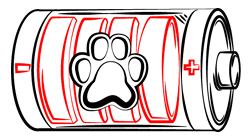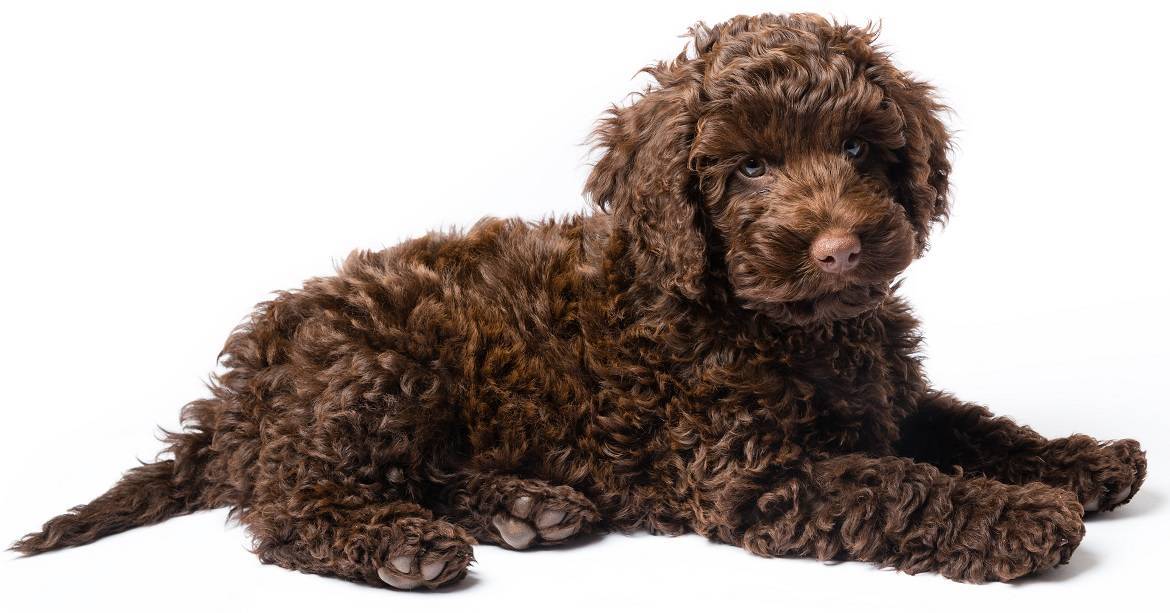
Paws ‘N’ Pups Quickview
Size
| Energy Level
| Trainability
| Paws ‘N’ Pups Rank
|
Characteristics
| Physical Characteristics: Energy Level: High Since the Labradoodle is a cross of two fairly different sized breeds, the puppy’s size and weight can vary tremendously. Breeders may use standard, miniature or even toy poodles. Sizes range from:
| Colors: Labradoodles are seen in any color that Poodles produce such as:
|
| Health & Longevity: 10-14 years Breeders screen for the following conditions:
| |
Temperament & Train-ability
Although the official breeding of the Labradoodle began in the late 1980’s, there is still a great degree of variance in this cross; even those who have moved away from breeding Labrador to Poodle and breed crosses to each other have not been successful at establishing reliability in appearance, temperament, or coat type. Add to that the fact that all three Poodle sizes are used, and you have even more variation to consider. Some Labradoodles will take after Labs more strongly while others will favor Poodles. Very few are a perfect combination of desired traits in each breed.
Many Labradoodles are sold as the “perfect” family dog and companion; perfect is, however, in the eyes of the beholder. While some are sweet and willing, easy family dogs, most are boisterous (especially when young), willful and require enormous amounts of physical and mental stimulation to keep from being destructive. They can be quite challenging. Wally Conron, who originally developed this cross while working at the Royal Guide Dogs Associations of Australia, and came up with the moniker “Labradoodle”, has said, “For every perfect one, you’re going to find a lot of crazy ones.” Carefully choosing a breeder is a high priority.
One of the biggest misconceptions about this cross is that they are hypoallergenic. Although the desire to produce a hypoallergenic guide dog was the reason for the development of this breed, even today, most puppies produced do not possess this characteristic. Many times this fact is not obvious until after the dog’s adult coat comes in. This has resulted in heartbreak for many families, who must give up their young dogs when they realize their adult coat is not hypoallergenic. If being hypoallergenic is a deal-breaker for you, acquiring an adult dog that you know you can tolerate is the best course of action.
Many Labradoodles do love children, but because they can be rowdy and hyperactive, older children are recommended. Generally playful and friendly with people, some can be less so with other dogs and strangers. They are not suited for spending long hours alone.
Intelligent and possessing a high work ethic, the Labradoodle can be challenging to train. One guide dog organization in Australian discontinued their breeding program of Labradoodles because they found them to be “too easily distracted and difficult to train”. They need early and continued socialization until the age of 2 years old. Positive reinforcement training methods will give the best result, and many Labradoodles enjoy the training process. Many need a great amount of training to satisfy their desire to work. This is another area where great variation is seen; some Labradoodles are easy house pets suitable for novices, while others require an experienced hand and great amounts of time to keep exercised and happy. Take your time to locate a dog that is a good match for your lifestyle.
Grooming
The Labradoodle carries a double coat, but can vary widely; in fact, three coat types are seen:
- “Hair”, which is straight, more like a lab’s coat, and sometimes a bit wiry
- “Fleece”, which is a wavy coat
- “Wool”, which is curly and thick
It was hoped that this cross would produce hypoallergenic dogs, and while some people with allergies are able to tolerate them, many others cannot. Some shed, although usually less than a lab as the dead coat tends to stick in the outer coat rather than falling off the dog. Weekly brushing for the hair and fleece coats should be sufficient, but the wool coats are much more demanding; these coats have the same grooming requirements as the poodle. Many owners opt to have them clipped short for easier maintenance.
Ears must be cleaned regularly, and toenails should be trimmed; even if your Labradoodle wears their nails down, you will want to maintain the ability to handle their feet, especially useful as they age, when wear to the nails typically slows down. Teeth must also be checked and cleaned regularly.
Diet
Because there is so much variety still in this cross, feeding amounts will vary just as much. Look to the average size dog a breeder produces and use their feeding recommendations. A high-quality diet will give your Labradoodle the best quality of life. Where allergies exist, it may be necessary to feed a hypoallergenic food. A constant supply of fresh, clean water must always be available.
Looking for a Labradoodle?
 Find A Labradoodle Breeder |  Labradoodle Puppies For Sale | 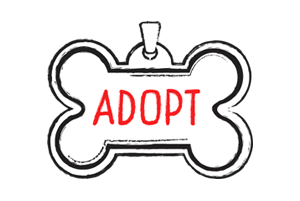 Adopt A Labradoodle |
Cost
Costs for Labradoodles vary as much as they do, running between $600-$2,000, based in some cases strictly on what the market will bear. If you have your heart set on a particular color and gender, plan on paying a premium price.
Ongoing expenditures include the typical supplies, food, and regular vet visits. Additionally, you may need an extra supply of chew and food-dispensing toys and training classes to keep your busy Labradoodle occupied.
Paws ‘N’ Pups Ranking
Paws ‘N’ Pups ranks every breed out of 4 with 1 being easiest to integrate into your life and 4 being the toughest – The lower the ranking the better.
Ranking takes into account a few basic factors such as cost, skill level needed, high vs. low maintenance, and how critical regular training is to success.
The Labradoodle rates a 1.5, primarily due to their cost and a fair level of maintenance and grooming.
Breeds Similar To Labradoodle
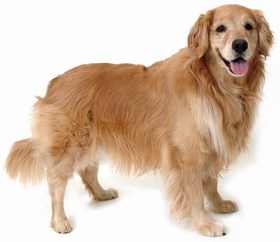 Golden Retriever | 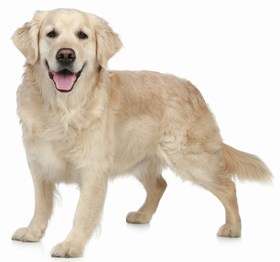 Labrador Retriever | 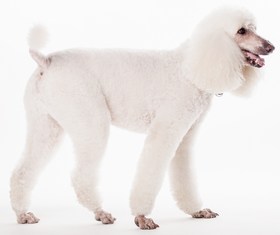 Poodle |  Irish Water Spaniel |


